


M1 Mine Clearing Blade System
Primary function: To effectively counteract and neutralize all land mines.
Manufacturer: Israel Military Industries
M1A1 MINE CLEARING BLADE SYSTEM
Weight: 4.5 tons (4.08 metric tons)
Length: 9.6 feet (2.92 meters)
Width: 14.9 feet (4.54 meters)
Height: 2.5 feet (2.29 meters)
Square: 143 square feet (13.30 square meters)
Cube: 346 cubic feet (10.38 cubic meters)
M60A1 ADAPTER KIT
Weight: 600 pounds (272.4 kilograms)
Length: 3 feet (.914 meters)
Width: 1.5 feet (45.75 centimeters)
Height: 1.3 feet (39.65 centimeters)
Square: 4.2 square feet (.39 square meters)
Cube: 5.3 cubic feet (.159 cubic meters)
Electrical Power Cable Weight: 20 pounds (9.08 kilograms)
Electrical Power Cable Length: 15 feet (4.57 meters)
Units: 4 per USMC tank company
Introduction date: September 1990
Unit Replacement Date: $64,183
Marine Corps Inventory: 71
Features: The Mine Clearing Blade System for the M1A1 Main Battle Tank is an ancillary piece of support equipment. It is electrically operated and is capable of clearing surface or buried mines up to 6 feet in front of the tank's path without the aid of supporting forces or additional equipment. The MCBS has also been adapted for use with the previous Marine Corps Main Battle Tank, the M60A1 Rise/Passive Tank, which is still in the inventory. The adaptation is accomplished by using an adapter kit (described above in general characteristics) and an electrical power interface kit.
Background: The M1 Mine Clearing Blade System is an auxilliary piece of equipment necessary for the tank unit to breech minefields during the normal conduct of operations. In Operation Desert Storm track width mine ploughs proved very successful against pressure fused anti-tank mines and allowed the M1A1 main battle tank to breach mine fields with little loss of momentum. In lose sand, the ploughs could operate at a rate of 30 k/h. When ploughing the plough produces a windrow of soil that is filled with mines. In one case a magnetically fused mine slipped down this windrow and detonated into the side of an Ml producing a mobility kill. Units found that this windrow must be reduced using a mine rake or by laying a MICLIC along side the windrow and detonating it. Units also discovered that the plough was useful in pushing up berms, clearing
trench-lines, and delineating counter-attack routes and lager sites.
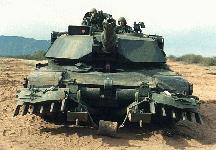
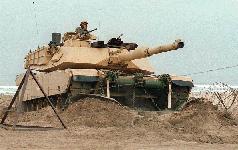
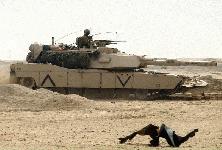
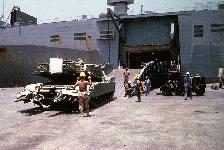
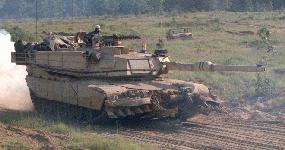
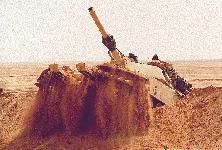
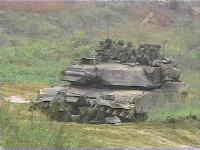
Sources and Resources
http://www.fas.org/man/dod-101/sys/land/m1mcbs.htm
Maintained by Robert Sherman
Originally created by John Pike
Updated Tuesday, January 05, 1999 3:54:02 PM
















